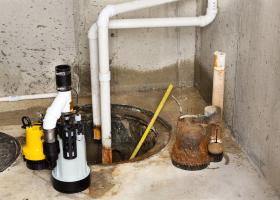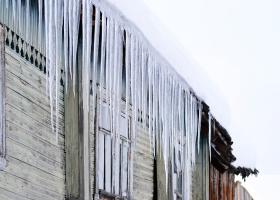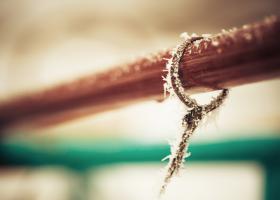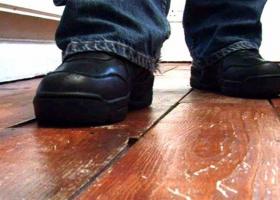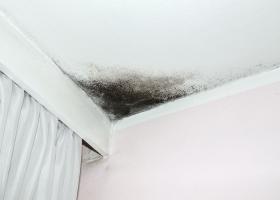Surge Protecting your Cottage
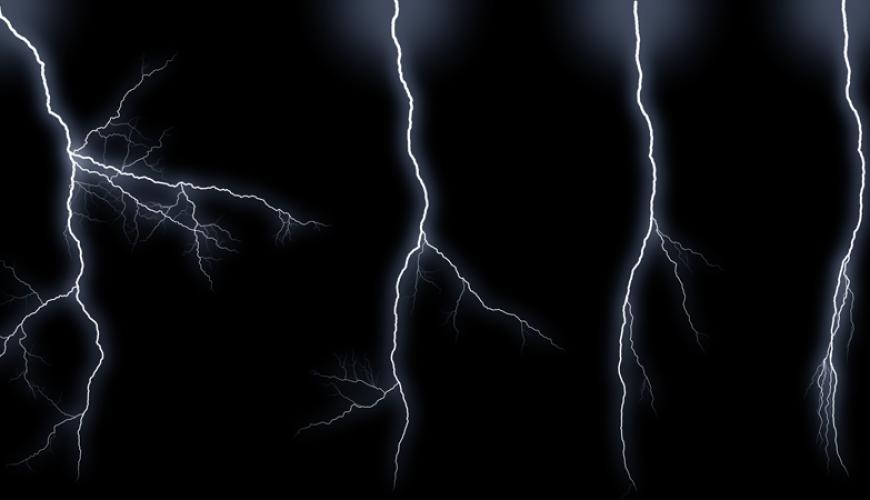
Many homeowners believe that adequate surge protection begins and ends with plugging their computer into a power strip. Unfortunately, that's seldom the case. First of all, not all surge protectors live up to their name; some are little more than glorified extension cords. Second, a surge will follow any wire into a house — phone and cable lines included — and threaten televisions, satellite systems, computers, and modems. And third, delicate electronic circuitry has proliferated throughout our homes, leaving common appliances as vulnerable as computers to the effects of surges.
A power surge may last for only a few millionths of a second, but at its worst, it carries tens of thousands of volts, enough to fry circuit boards, crash hard drives, and ruin home-entertainment systems. Lightning-induced surges are the most powerful and most feared: A 200,000-amp jolt crashing through a power line will burn standard 20-amp wiring like a light bulb filament.
Far more common, if not as dramatic, are surges caused by downed power lines, or even the cycling on and off of, electric dryers, air conditioners, refrigerators, and other energy-sucking devices in the home. The damage inflicted by these minor power fluctuations can be instantaneous — but may not show up for some time.
The Best Defense
Guarding against surges requires a two-pronged approach: a whole-house suppressor to tame the big, dangerous power spikes and an individual circuit (or "plug-in") surge suppressor for vulnerable appliances and electronic devices. Both types essentially act like pressure-relief valves. Normally they just sit there, allowing electric current to flow through them. But with higher-than-normal voltage, the devices instantly divert excess voltage to the ground wire. (The best ones react in less than a nanosecond.) As soon as voltage levels return to normal, the flow of electricity is restored, unless the surge was big enough to melt the fuse built into some units.
Typically, whole-house suppressors are hard-wired to the service panel, a process that takes a licensed electrician about two hours.
By themselves, whole-house suppressors can't stop surges completely; up to 15 percent of excess voltage may leak by. That's where "plug-in" surge protectors come in. These buffers between individual appliances and wall outlets come in a bewildering array of options and prices.


